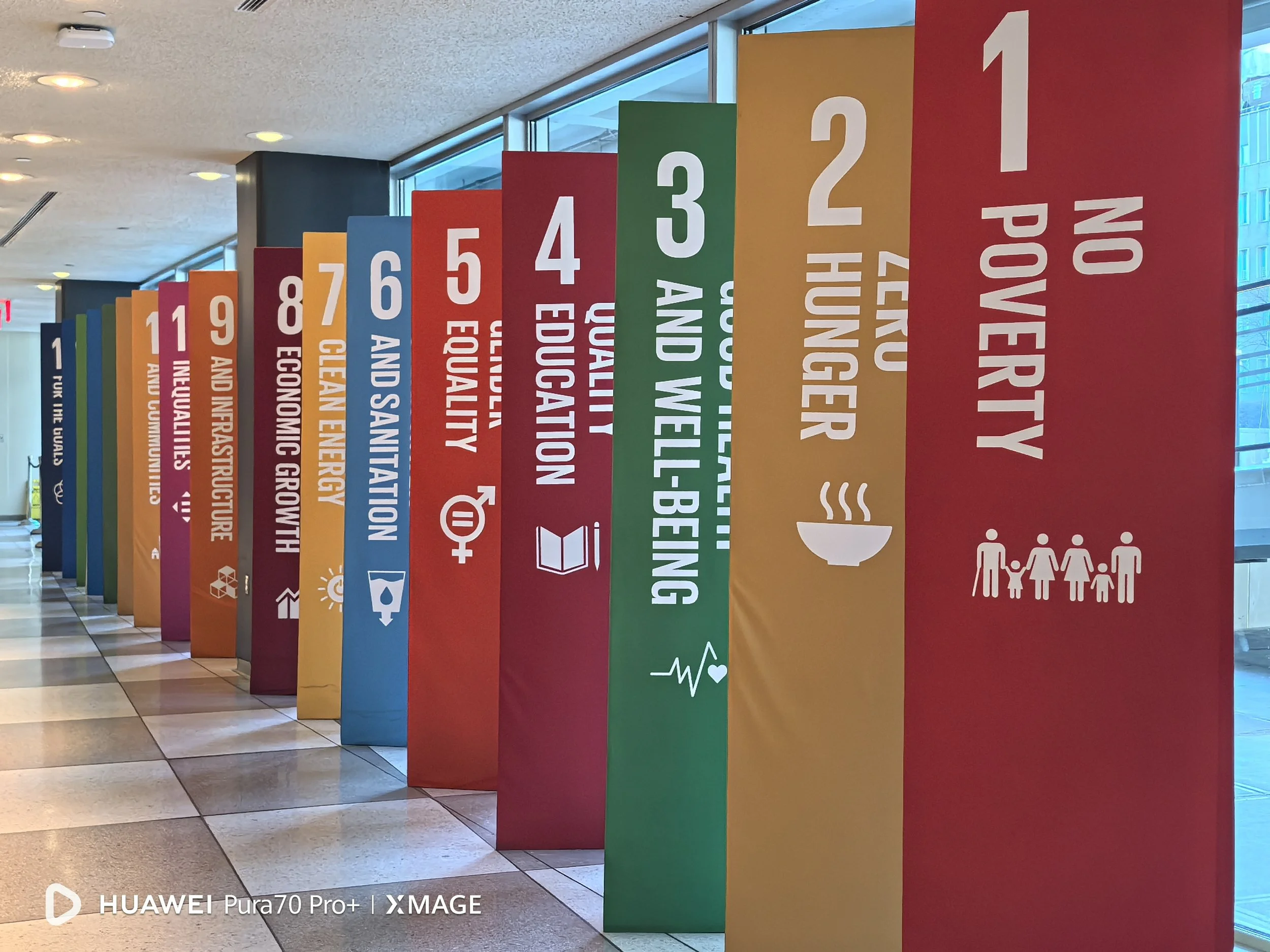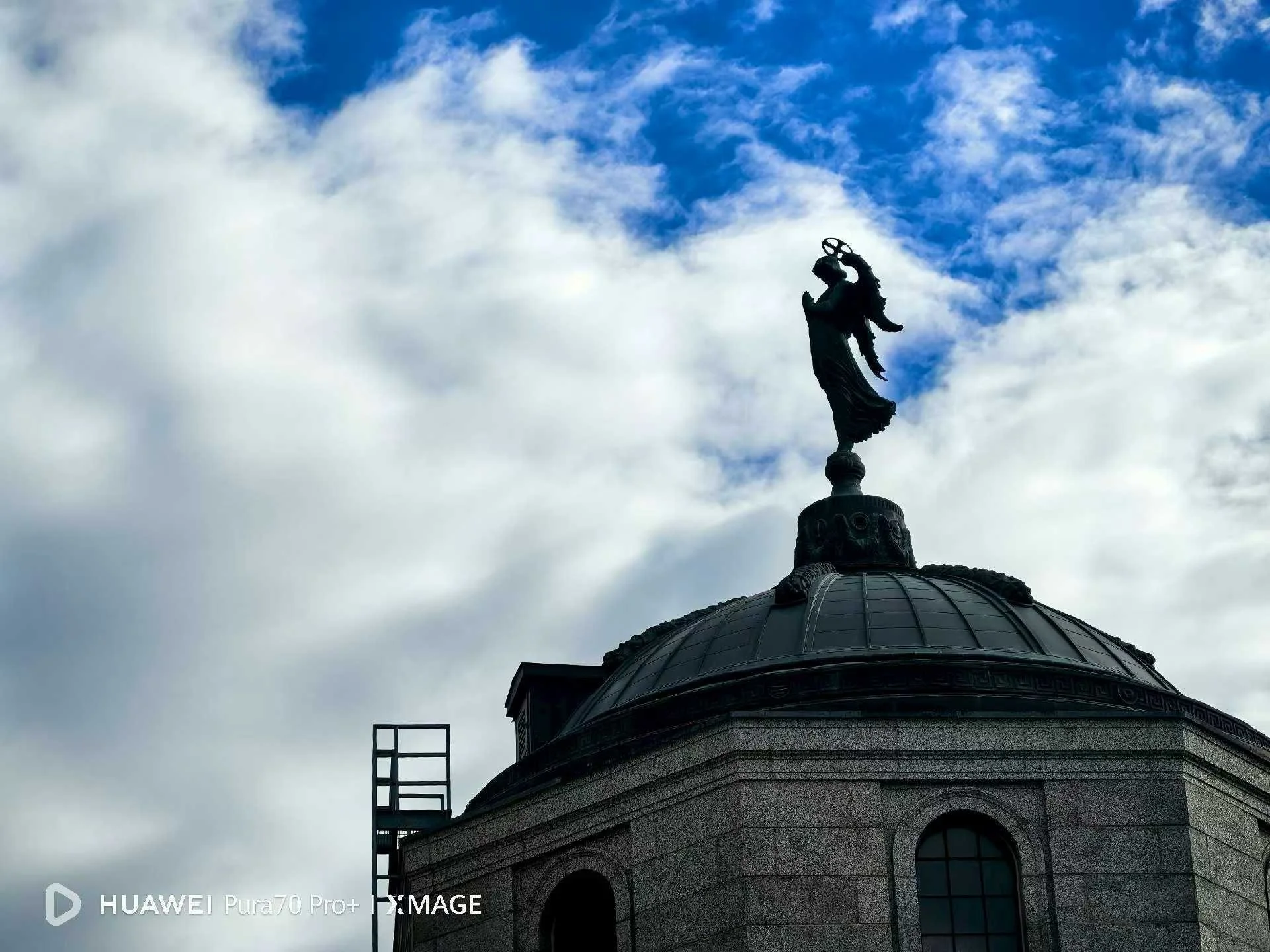
SEESALT And the UN Sustainable Development Goals
Transforming Global Aspirations into Local Realities

The 2030 Agenda: Aspiration and Implementation Gap
In September 2015, the United Nations adopted the 2030 Agenda for Sustainable Development—17 Sustainable Development Goals (SDGs) representing humanity's most comprehensive attempt to address poverty, inequality, climate change, environmental degradation, peace, and justice. The goals are universal, applying to all countries, and integrated, recognizing that action in one area affects outcomes in others.
Yet a decade into implementation, the world is dramatically off-track. The UN's 2024 SDG Progress Report reveals that only 15% of targets are on course, nearly half show minimal or moderate progress, and over one-third have stalled or regressed. The implementation gap between ambitious goals and actual outcomes threatens to become an implementation chasm.
SEESALT exists precisely in this gap.
We don't merely align with the SDGs—we address the fundamental question the international community has struggled to answer: How do global frameworks translate into genuine transformation at community level?

Download SEESALT’s SDG Evaluation framework.
Simple, Easy, Open Source.
Ready to use for any SDG Start-ups.

SEESALT's Distinctive Approach to the SDGs
Most SDG implementation follows a top-down logic: international frameworks → national policies → local programs. SEESALT inverts this: we start with communities, youth, and local knowledge, then connect upward to leverage global resources and partnerships.
Our approach differs from conventional SDG work in three critical ways:
-
Traditional SDG programs design solutions for young people. SEESALT recognizes youth as primary agents of change—the 7,000+ members of our network don't wait for permission to address SDG challenges. They identify problems, design interventions, mobilize resources, and scale solutions.
-
Most organizations claim to work on "multiple SDGs" by listing connections in project documents. SEESALT achieves actual integration by working at the nexus where challenges naturally intersect: climate adaptation that strengthens food security while empowering women; youth entrepreneurship that reduces poverty while promoting sustainable consumption; participatory governance that advances peace while reducing inequality.
-
The SDGs often assume away political constraints—as if good intentions and adequate funding suffice. SEESALT's ICGT framework explicitly centers political economy: Who benefits from current arrangements? Why do elites resist reform? When do political settlements permit institutional change? We design interventions that work within political constraints rather than pretending they don't exist.

We Measure What Matters.
Most SDG monitoring focuses on inputs (funding mobilized, programs launched) and outputs (people trained, workshops conducted). SEESALT emphasizes outcomes and transformation:
Has community agency increased?
Are youth leading rather than merely participating?
Do local institutions function more effectively?
Has epistemic confidence grown—communities trusting their own knowledge?
Are political settlements shifting to enable reform?
These harder-to-quantify dimensions determine whether interventions create sustainable transformation or temporary activity that disappears when external support ends.

We Embrace Complexity.
The SDGs assume linear progress: implement interventions → achieve targets → sustainable development. SEESALT's systems thinking approach recognizes development as complex adaptive system where interventions produce unexpected effects, feedback loops amplify or dampen change, and success in one dimension may create challenges in another.
This doesn't mean abandoning goals—it means designing interventions that remain adaptive as systems respond, that build resilience rather than optimizing for single outcomes, and that embrace experimentation and learning rather than rigid implementation of predetermined plans.

We Center Justice,
Not Just Development.
The SDGs' language of "leaving no one behind" remains aspirational when institutions systematically concentrate benefits among elites while dispersing costs among marginalized populations. SEESALT explicitly names power dynamics, colonial legacies, and structural inequality—not as contextual challenges but as core problems requiring transformation.
Our reading list centers African scholars (Rodney, Samatar, Mamdani, Maathai) precisely because development theory built on Euro-American experience systematically misdiagnoses challenges facing post-colonial societies. Achieving SDGs requires epistemological decolonization, not just improved implementation of existing frameworks.

SEESALT's Contribution: Operationalizing Ambition
The SDGs represent humanity's shared aspiration for a just, sustainable, peaceful world. SEESALT provides operational frameworks for translating aspiration into reality:
ICGT Framework operationalizes SDG 16 (strong institutions) by providing diagnostic tools, design principles, and implementation mechanisms calibrated to political economy realities.
Development Toolbox v10.0 operationalizes SDG 17 (partnerships) by integrating 300+ tools from 25+ institutions into coherent, field-ready assessment frameworks that practitioners can actually use.
SEESALT Terra operationalizes SDG 8 (decent work) and SDG 1 (no poverty) through one-on-one mentorship, finance access, and peer learning networks that create sustainable entrepreneurship.
Adaptation Lab operationalizes SDG 13 (climate action) through community-centered solutions that build adaptive capacity rather than technological dependency.
Ember Seminars operationalizes SDG 4 (quality education) by bridging research and practice, creating spaces where development economics informs field decisions.

